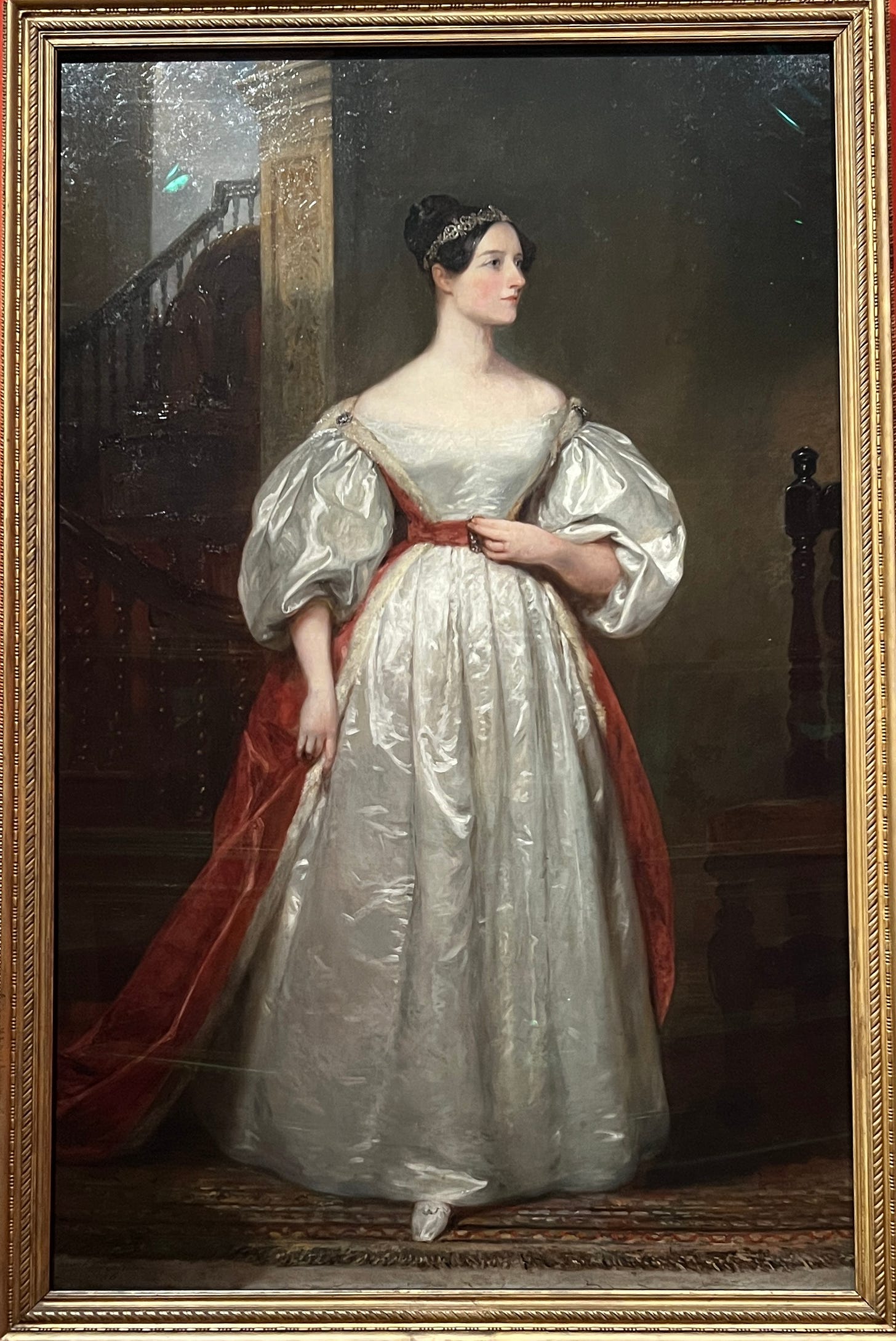I love London. I studied at Goldsmiths for a year back in the 00’s, so I got to know the city pretty well. In 2019, I ended a drought of 10-plus years and visited again. Each time I go, I get myself to the theater (“The Merchant of Venice 1936” — excellent and entirely relevant). And I make my way to at least one museum and gallery — The National Portrait Gallery and the Saatchi Gallery this time around.
If you’ve not been to the The National Portrait Gallery, here’s how Wikipedia describes it:
“The National Portrait Gallery is an art gallery in London that houses a collection of portraits of historically important and famous British people. When it opened in 1856, it was arguably the first national public gallery in the world that was dedicated to portraits.”
It’s also the largest portrait gallery, filled with images of famous people and people who, in most cases, don’t make it into the news or tabloids. There was an incredibly moving exhibit called “Silent Testimony” by large-scale portrait painter Colin David. His typical subjects are “well-known actors, musicians, poets, politicians and writers.” With “Silent Testimony,” he focused on “18 people connected through their experiences of loss during the period in the history of Northern Ireland know as the Troubles.”
Here are four of the paintings, each one accompanied by the story of a family member who was killed in the seemingly endless fighting. They bring the conflict home, to the heart of the matter.
Women who wrote their own stories.
Then, I moved on to room upon room of historical portraits. And there was one that grabbed me — a salon with portraits of pioneering women. Women who lived life by their own rules. Heck, they wrote the rules and, in some cases, changed history.
Take Ada Lovelace (1815-1852). She’s…
“widely regarded as the first computer programmer and the first person to grasp the potential for computers outside mathematics. She was the daughter of poet Lord Byron and Annabella Milbanke. Raised by her mother, later a renowned educationalist, Lovelace became famous in mathematics at a time when few women received any extended education.”
Keep reading with a 7-day free trial
Subscribe to Business/Women with Katherine Danesi to keep reading this post and get 7 days of free access to the full post archives.



